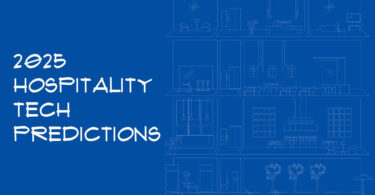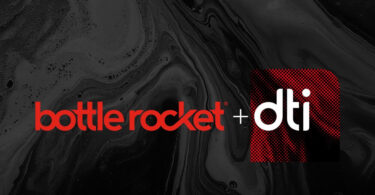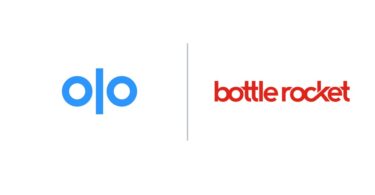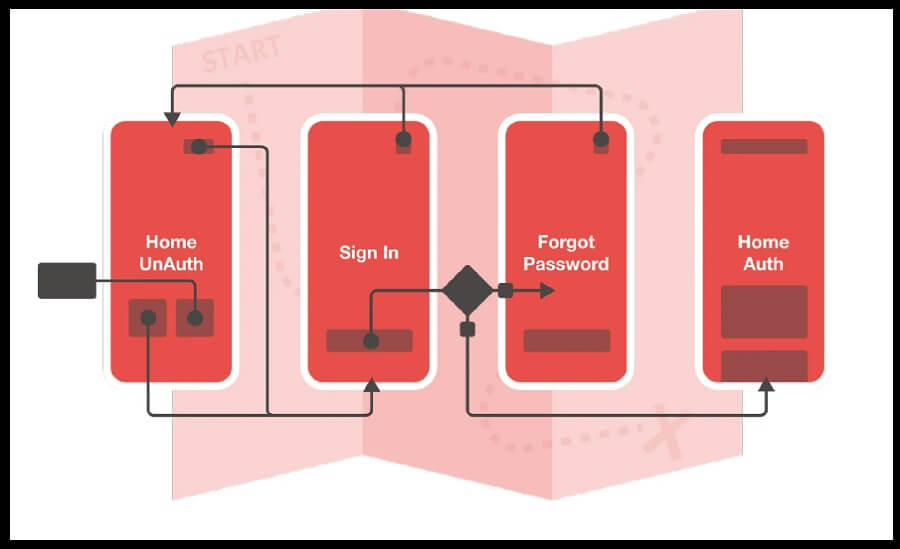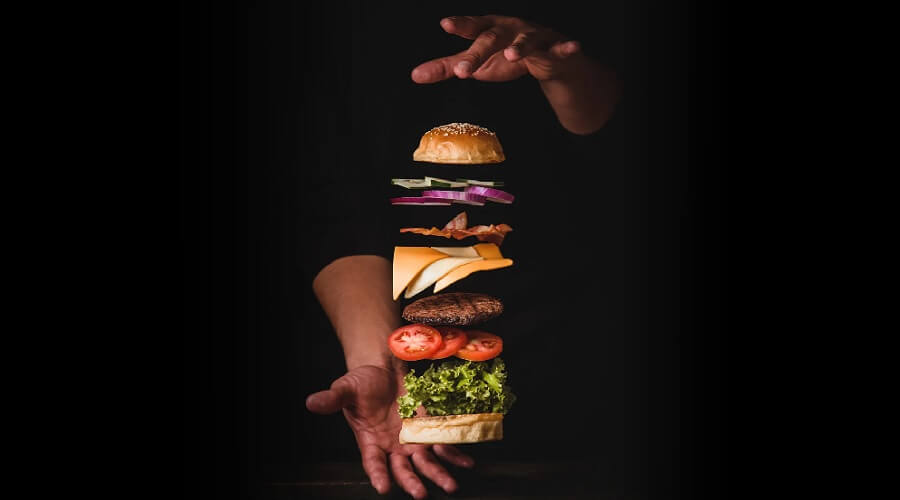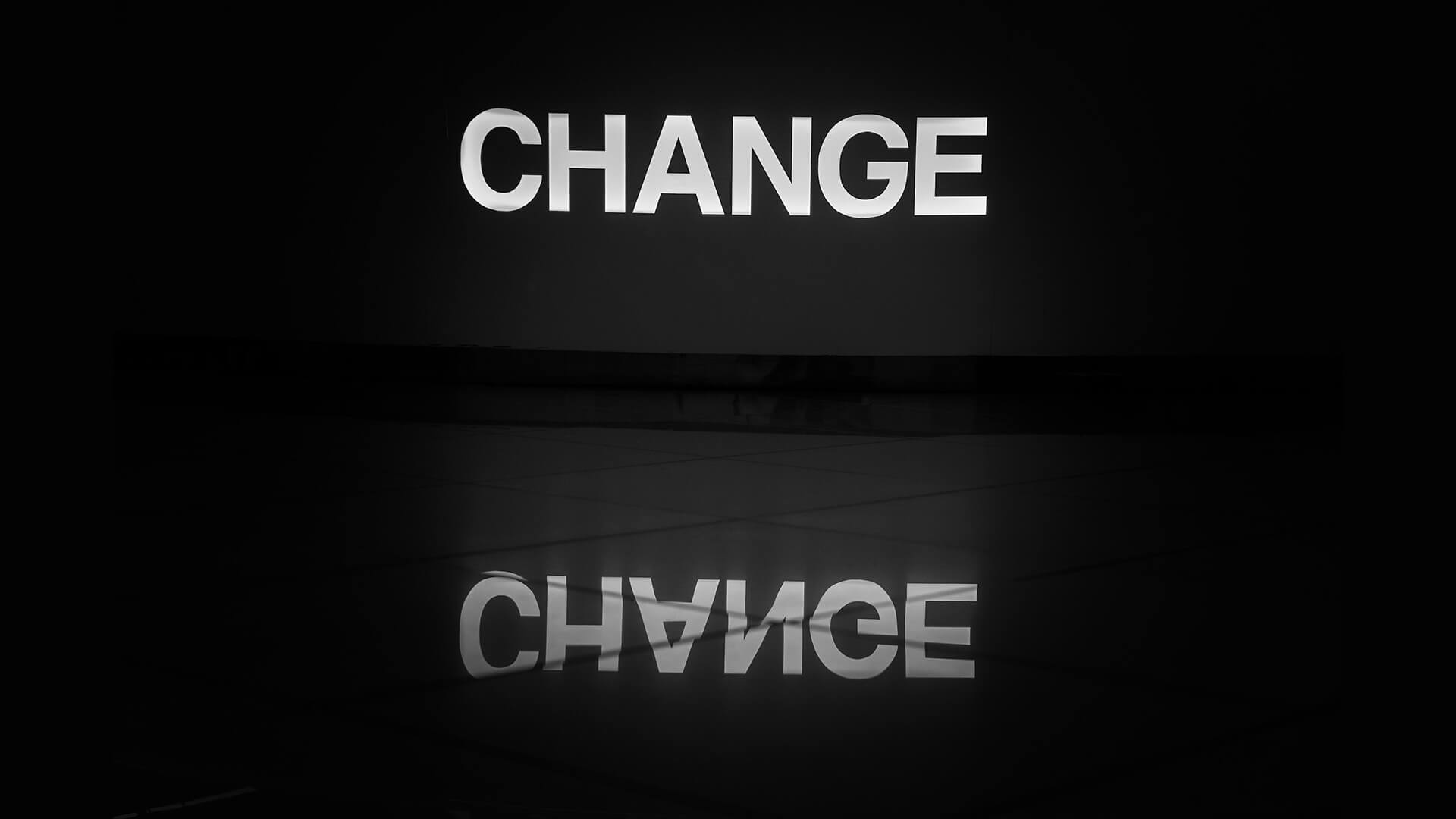by Brendan Paige “Download the App to Redeem Your Virtual Pillow Mint Today!” Navigating hotel...
Author - Bottle Rocket
Bottle Rocket and DTI Digital Announce Merger to...
Bottle Rocket, a Dallas-based digital product company, and DTI Digital, a leading digital...
Bottle Rocket Shares How AI can Boost Customer...
Source Here’s how AI can be used to improve customer experiences in QSRs, from reducing wait times...
Bottle Rocket Partners with Olo to Help Restaurants...
Bottle Rocket, a proven, global digital product agency and part of the WPP worldwide network is...
Bottle Rocket Reveals Top Mobile App Design Trends for...
Published by Luke Wallace Mobile apps provide users with a variety of services and entertainment...
Digital Experience Consultancy Bottle Rocket Appoints...
Dallas-based Bottle Rocket, a global digital experience consultancy and part of Ogilvy’s global...
Bottle Rocket Offers 5 Tips to People Your Way Through...
Published by Chelsey Wiley People are hard. That’s it, I’ve said it. People, myself included, are...
Bottle Rocket Explains How to Make Data-Driven...
How can you see the impact of every change you’re considering for your digital product before you...
Bottle Rocket Tells Us the 2023 QSR Trends To Watch...
Michael Kanne, restaurant lead and Experience Consultant at Bottle Rocket, discusses the 2023...
Bottle Rocket’s Rebecca Farr Tells Us 10 Reasons...
by Rebecca Farr It happens time and again. I’m sure you’ve either witnessed it or suffered through...




